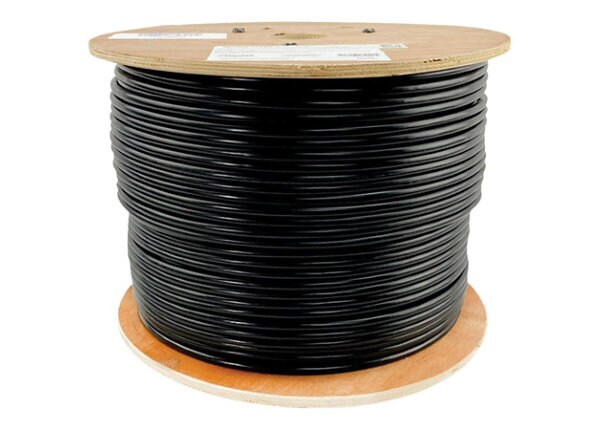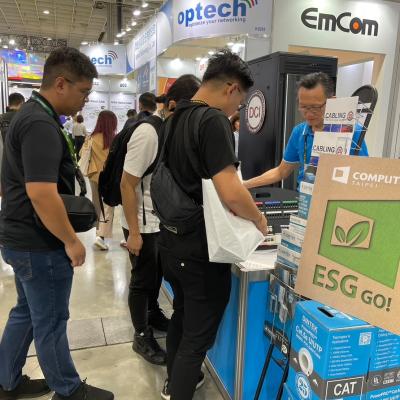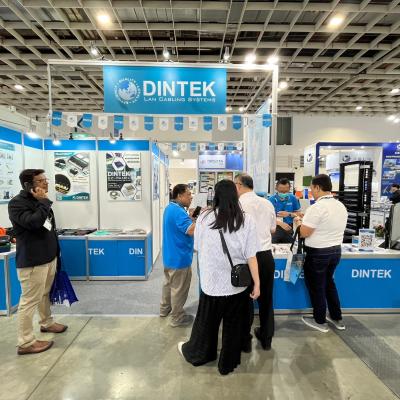Outdoor Ethernet Cables
Unlike indoor cables, which operate in controlled environments, outdoor Ethernet cables must endure significant shifts in temperature. High heat can weaken insulation and increase electromagnetic interference (EMI), while extreme cold can make cables brittle, leading to physical damage and compromised connectivity.
Understanding these challenges is key to maintaining a reliable network, particularly in regions where temperature extremes are common. Choosing the right cable and implementing proper installation techniques can make a significant difference in long-term performance.
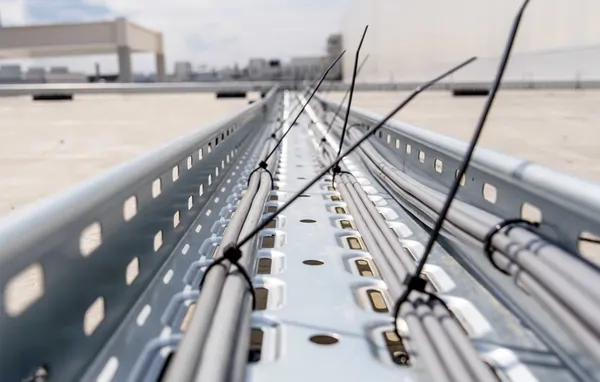

How Heat and Cold Affect Ethernet Cables
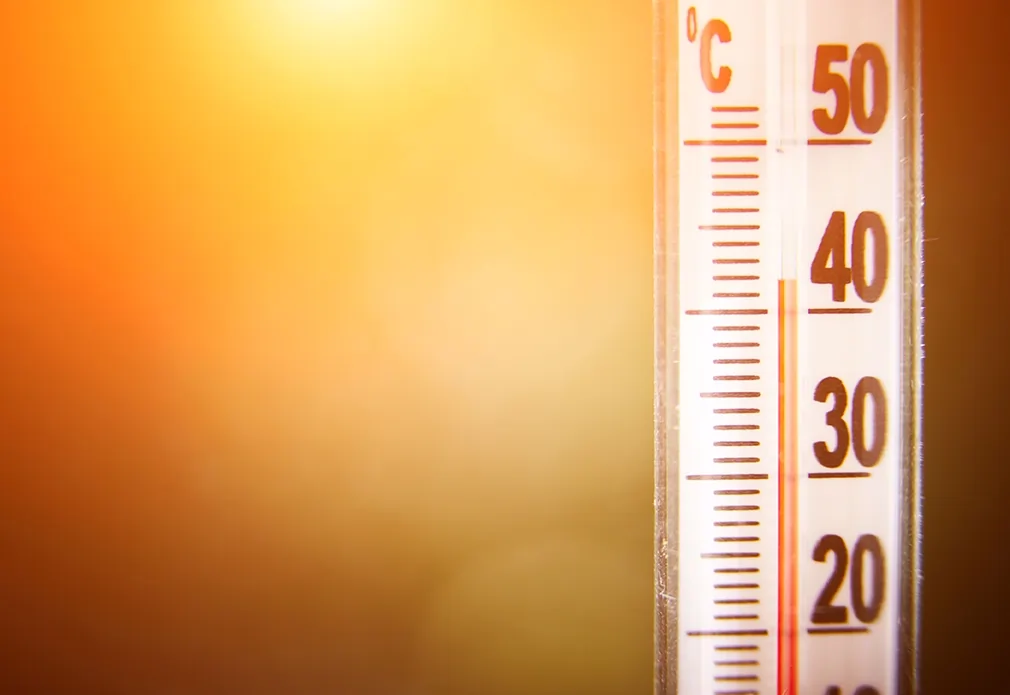
High Temperatures: The Hidden Risks
When exposed to excessive heat, Ethernet cables may experience:
Insulation Breakdown: High temperatures can soften or degrade the outer jacket, leading to increased signal attenuation.
Signal Interference: Heat can amplify electromagnetic interference (EMI) and crosstalk, affecting data quality.
Material Expansion: Conductive materials may expand, altering dielectric properties and causing inconsistent performance.
Cold Weather Challenges
Extreme cold, on the other hand, brings its own set of risks:
- Brittleness & Cracking: As temperatures drop, the cable’s outer sheath can become rigid and prone to cracking.
- Increased Attenuation: Cold conditions can cause contraction, leading to micro-bends that scatter signals and reduce efficiency.
- Structural Damage: Repeated freezing and thawing cycles can gradually weaken the cable’s integrity over time.
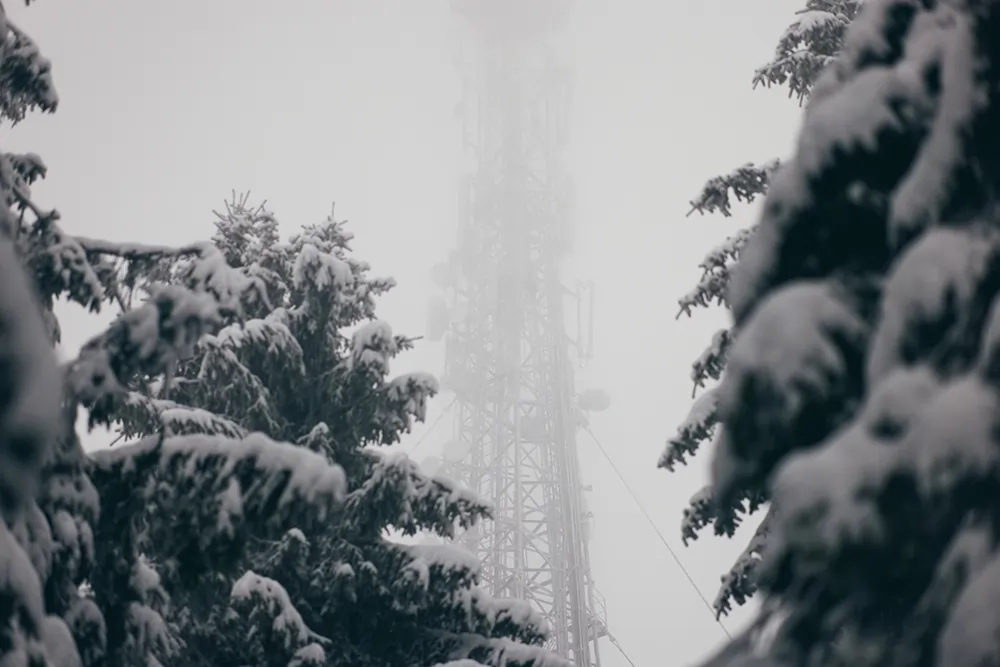
DINTEK Outdoor Ethernet Cables: Built for Tough Conditions
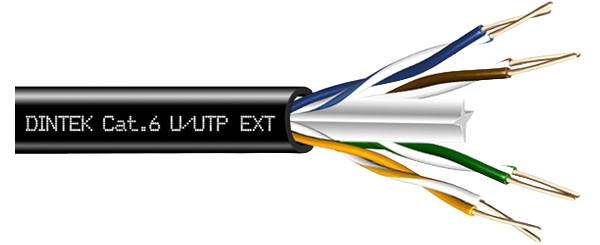
Not all Ethernet cables are designed for outdoor use. DINTEK’s outdoor-rated cables are built with durability in mind, featuring:
✅ Enhanced insulation to resist heat and cold damage.
✅ Superior shielding to minimize EMI and crosstalk.
✅ UV-resistant jackets to protect against sun exposure.
✅ Water-resistant coatings for added protection in wet environments.
How to Protect Outdoor Ethernet Cables from Extreme Temperatures
Even with high-quality cables, additional protective measures can extend their lifespan and performance. Here are some key strategies:
Protection Method |
Benefit |
|---|---|
Use Rated Cables |
Choose outdoor-specific cables with weatherproofing to handle temperature fluctuations. |
Proper Installation |
Avoid excessive bending or tension, which can weaken cables over time.
|
Shielding & Conduits |
Use protective tubing or conduit to minimize exposure to direct sunlight and moisture.
|
Underground Burial |
For added protection, consider burying cables in conduit below the frost line.
|
Regular Maintenance |
Inspect cables periodically for wear and replace damaged sections promptly.
|
Final Thoughts
Temperature fluctuations are a real challenge for outdoor networking, but the right choice of Ethernet cable makes all the difference.
DINTEK’s outdoor-rated cables are built to perform in harsh conditions, ensuring reliable connectivity year-round.
